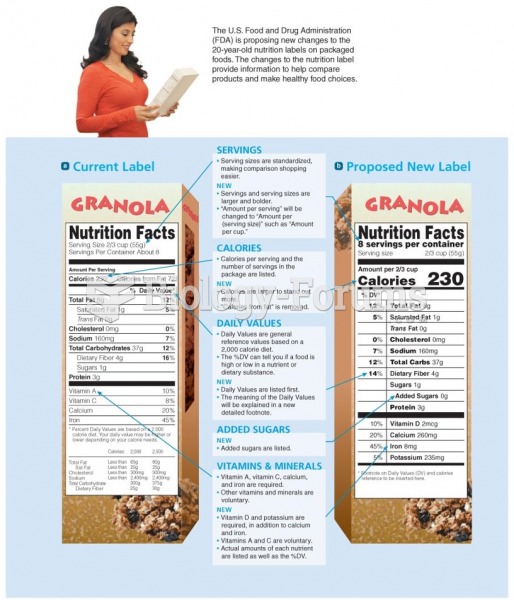Answer to Question 1
Correct Answer: 1,2,3,5
Rationale 1: Legal Protection for Nurses is best assured by always checking the identity of the client to make sure it is the right client.
Rationale 2: Legal Protection for Nurses is best assured by asking for assistance and/or supervision in situations for which you feel inadequately prepared.
Rationale 3: Legal Protection for Nurses is best assured by maintaining clinical competence.
Rationale 4: Delegation is a nursing responsibility that is designed to help provide quality and timely nursing care but that is not its sole focus.
Rationale 5: Legal Protection for Nurses is best assured by checking any order that a client questions.
Answer to Question 2
Correct Answer: 1,2,5
Rationale 1: The Good Samaritan acts are laws designed to protect health care providers against claims of malpractice in cases of emergency, unless it can be shown that there was a gross departure from the normal standard of care. Giving CPR would be considered a level of care provided by any other reasonable person under similar circumstances. The fact that the client had a DNR order was not apparent at the time of care rendered by the nurse.
Rationale 2: The Good Samaritan acts are laws designed to protect health care providers against claims of malpractice in cases of emergency, unless it can be shown that there was a gross departure from the normal standard of care. Giving CPR would be considered a level of care provided by any other reasonable person under similar circumstances.
Rationale 3: A nursing student trying to insert an airway is not appropriate, since it would be above the level of care a student is able to do.
Rationale 4: A nurse should not leave the scene of an emergency until another qualified person takes over. The nurse should have someone else call or go for additional help.
Rationale 5: The Good Samaritan acts are laws designed to protect health care providers against claims of malpractice in cases of emergency, unless it can be shown that there was a gross departure from the normal standard of care. Attending to the emergency delivery of an newborn would be considered a level of care provided by any other reasonable person under similar circumstances.







